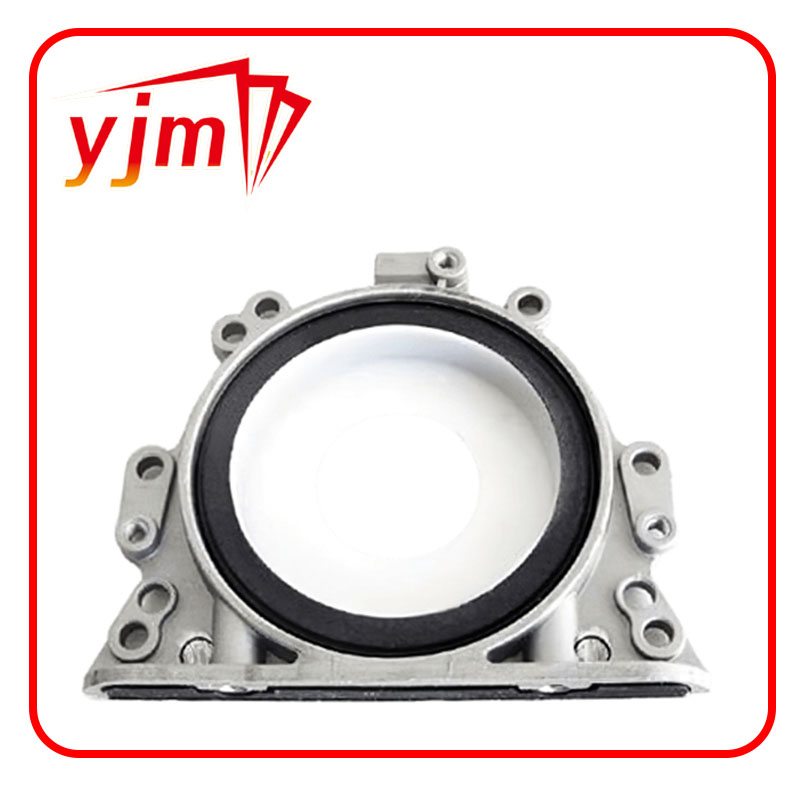Understanding the Importance of Oil Seals and Gaskets in Engine Performance and Maintenance
Understanding Oil Seals and Gaskets Key Components in Mechanical Systems
Oil seals and gaskets are crucial components in various mechanical systems, serving the vital purpose of maintaining the integrity and efficiency of engines, transmissions, and various machinery. While these two components often get lumped together, they serve distinct roles and are designed for different applications within mechanical systems.
What Are Oil Seals?
Oil seals, also known as oil rings or shaft seals, are mechanical devices designed to seal the gap between rotating shafts and stationary components. They prevent the leakage of lubricants, such as oil, grease, or hydraulic fluid, out of the machinery while simultaneously keeping contaminants like dirt and moisture from entering. Typically made of materials such as rubber, polyurethane, or silicone, oil seals are engineered to withstand the specific temperature and pressure conditions of the working environment.
The design of an oil seal usually features a flexible lip that makes contact with the shaft, creating a tight seal. The effectiveness of this seal is critical, as lubrication is essential for reducing friction, minimizing wear, and ensuring the operational life of machinery components. A malfunctioning oil seal can lead to significant oil loss, which can result in decreased performance, increased wear, and ultimately failure of the machinery.
What Are Gaskets?
Gaskets, on the other hand, are flat materials used to fill the space between two or more mating surfaces, creating a seal that prevents leakage of fluids or gases. They can be made from a variety of materials, including rubber, cork, paper, or even metal, depending on the application and the substances being sealed. Gaskets are essential in applications where two surfaces need to remain tightly sealed under varying conditions of pressure and temperature.
oil seals and gaskets

Common examples of gaskets include those found in engine cylinder heads, water pumps, and exhaust systems. Their design often incorporates specific patterns and thicknesses to ensure effective sealing under the pressures they will face during operation. A failure in the gasket can lead to coolant leaks, exhaust gas seepage, and other failures that can compromise the performance and safety of the machinery.
Differences Between Oil Seals and Gaskets
While both oil seals and gaskets serve the critical function of preventing leaks, their applications differ significantly. Oil seals are specifically designed for rotating shafts and require a contact seal to maintain their effectiveness. Gaskets, conversely, are used between flat surfaces and do not generally involve rotation.
Moreover, the materials used for oil seals and gaskets are often tailored to their specific functions. Oil seals must endure extreme conditions and frequent movement, necessitating the use of durable, flexible materials. Gaskets can choose from a broader range of materials, as their sealing efficiency largely relies on their ability to compress and fill the gap between surfaces.
Conclusion
In conclusion, both oil seals and gaskets are integral to the functionality and longevity of mechanical systems. Understanding their specific roles, applications, and types can help in selecting the right components for any engineering project. Regular inspection and timely replacement of these components are essential in preventing leaks and ensuring that machinery operates smoothly and efficiently. Whether you’re designing a new system or maintaining existing equipment, awareness of the difference between oil seals and gaskets can aid in effective maintenance and performance optimization.
-
Understanding the Front Main Engine Seal: Purpose, Maintenance, and Installation
News Jul.29,2025
-
Understanding O-Rings and Seal Rings: Types, Applications, and Custom Solutions
News Jul.29,2025
-
Understanding Crankshaft Oil Seals: Rear Seals, Pulley Seals, and Their Role in Engine Integrity
News Jul.29,2025
-
The Importance of Front and Rear Crankshaft Seals in Engine Performance and Oil Management
News Jul.29,2025
-
Crank Oil Seals: Functions, Types, and Cost Considerations in Engine Maintenance
News Jul.29,2025
-
A Comprehensive Guide to O-Rings and Seals: Types, Materials, and Global Applications
News Jul.29,2025
-
Mastering Diesel and Performance Engine Maintenance: A Guide to Critical Oil Gaskets
News Jul.28,2025
Products categories















